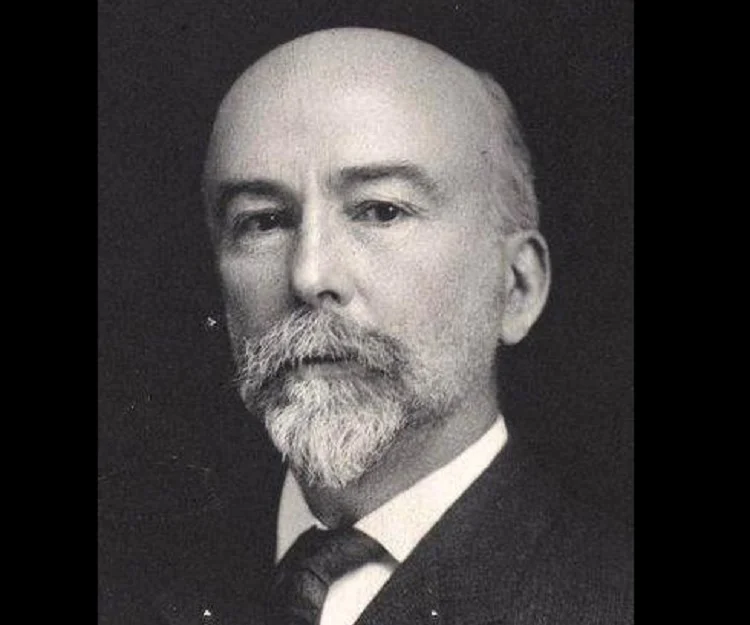Estimated reading time: 4 minutes
Introduction

William Morris Davis (1850-1934) was a prominent figure in the field of geography, known for his significant contributions to the study of landforms and the development of the concept of the “geographical cycle.” In this blog post, we will explore Davis’s ideas focusing on his concept of the cycle of erosion and its impact on the understanding of landform evolution.
The Geographical Cycle
Davis introduced the concept of the geographical cycle, also known as the cycle of erosion, as a generalized model for the sequence of landforms resulting from the erosional processes of running water on elevated areas of the Earth’s surface. He proposed that if there were no changes in surface elevation, sea level, or climate, a predictable sequence of landforms would occur.
Davis emphasized that his model provided a theoretical framework to describe and analyze observed landforms based on the interaction between surface rock structures, the process of landform change, and the stage of development reached at a given time.
Landform Evolution and Darwinism
Davis was influenced by the ideas of Charles Darwin and the concept of gradual and cumulative change over time. He applied this evolutionary perspective to landforms, identifying three stages of development: youth, maturity, and old age. He believed that the power of evolutionary thinking could help establish meaningful relationships between diverse facts. Davis argued that geographical areas could be imagined to have a life cycle, just like a growing plant. He saw the application of evolutionary ideas as essential in various fields of study.
Acceptance and Influence
Davis’s concept of the cycle of erosion gained widespread acceptance and became the dominant model for landform analysis. His vigorous defense and persuasive demonstrations led to its almost universal adoption. The key aspect of this cyclic view in geomorphology lies in the notion of systematic, irreversible change over time, which drew parallels with the biological concept of aging. Davis’s appropriation of Darwin’s theory of evolution as a history of landforms rather than a linear development through time further solidified his influence.
Davis’s Approach to Geography
As a leading figure in American geography, Davis had an interest in geographic education and clarified his position on the nature and methodology of geography. He emphasized the importance of cause-and-effect generalization between inorganic elements of the Earth’s surface and the distribution of its organic inhabitants.
Davis viewed this causal relationship as the most definite unifying principle in geography. He also played a significant role in reforming geography education in the United States, transforming it from pure memorization to a more advanced and science-based discipline.
Conclusion
William Morris Davis’s contributions to geography and landform analysis were groundbreaking and influential. His concept of the cycle of erosion provided a valuable framework for understanding landform evolution. Drawing inspiration from Darwinism, Davis emphasized the importance of gradual change and applied evolutionary ideas to various aspects of geography. His work not only shaped the field of geography but also influenced the way geography was taught in the United States.
FAQs
What was William Morris Davis’s contribution to geography?
What is the cycle of erosion?
How did William Morris Davis’s ideas relate to Charles Darwin’s theory of evolution?
What was the impact of William Morris Davis’s concept of the cycle of erosion?
You May Also Like





























